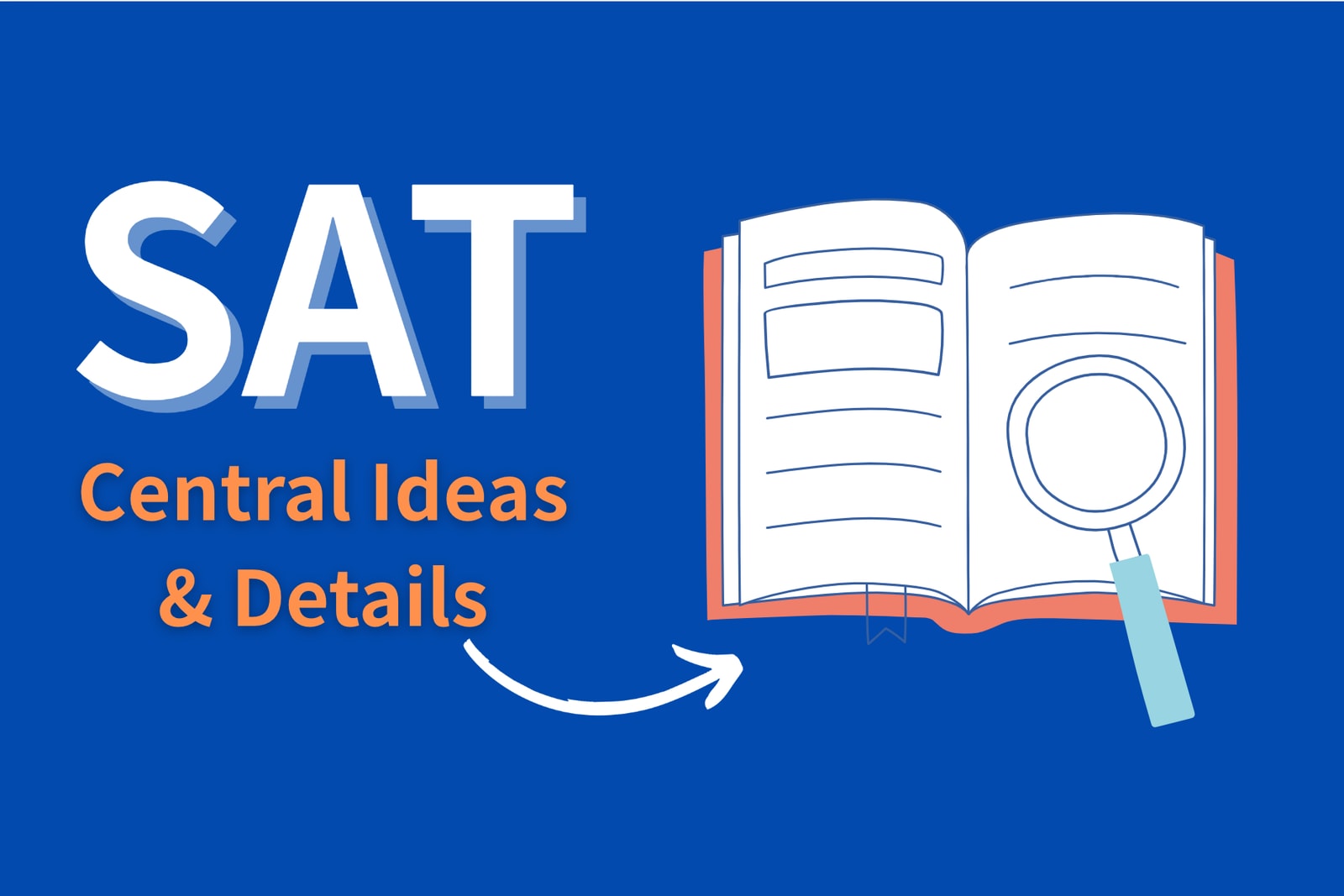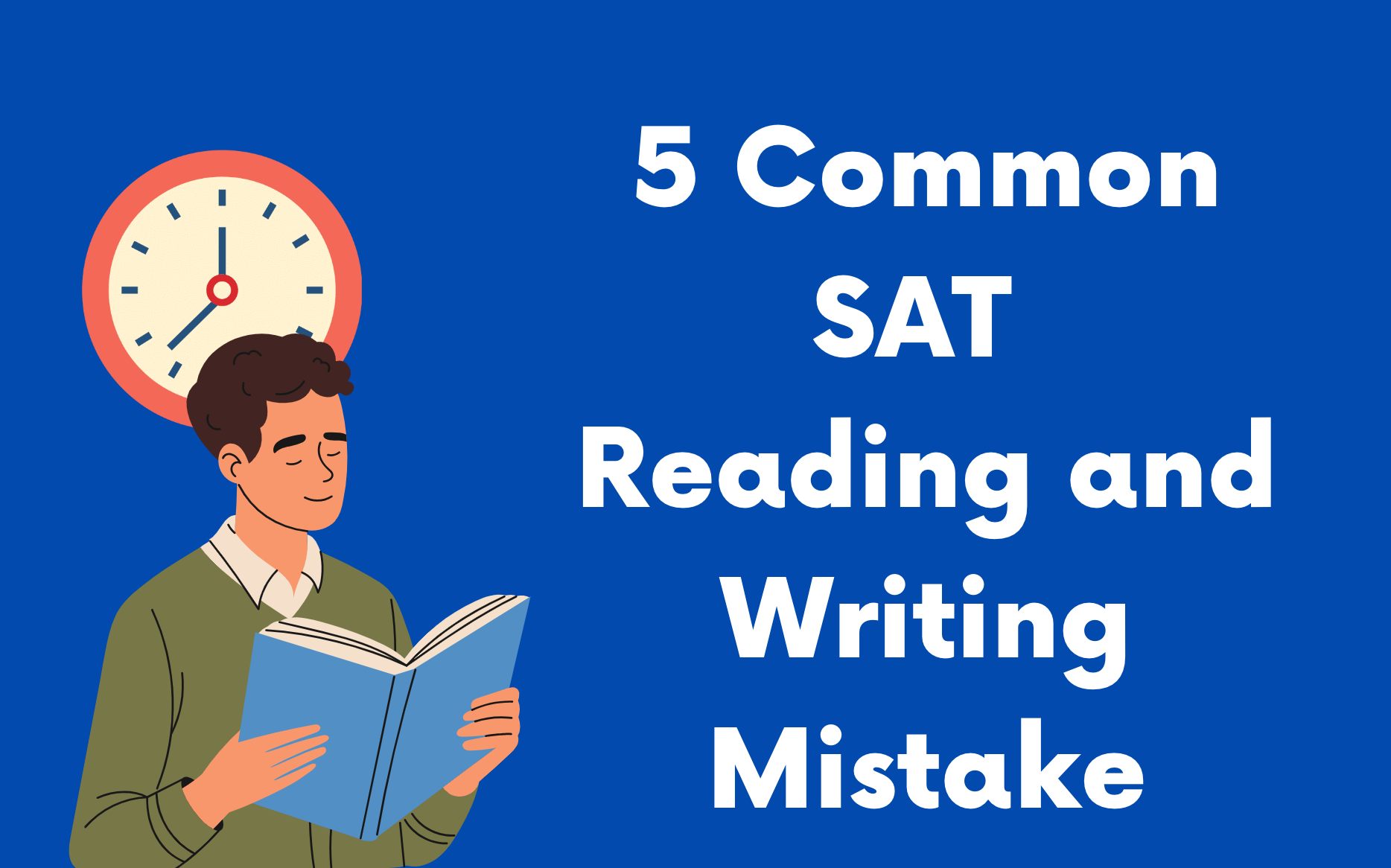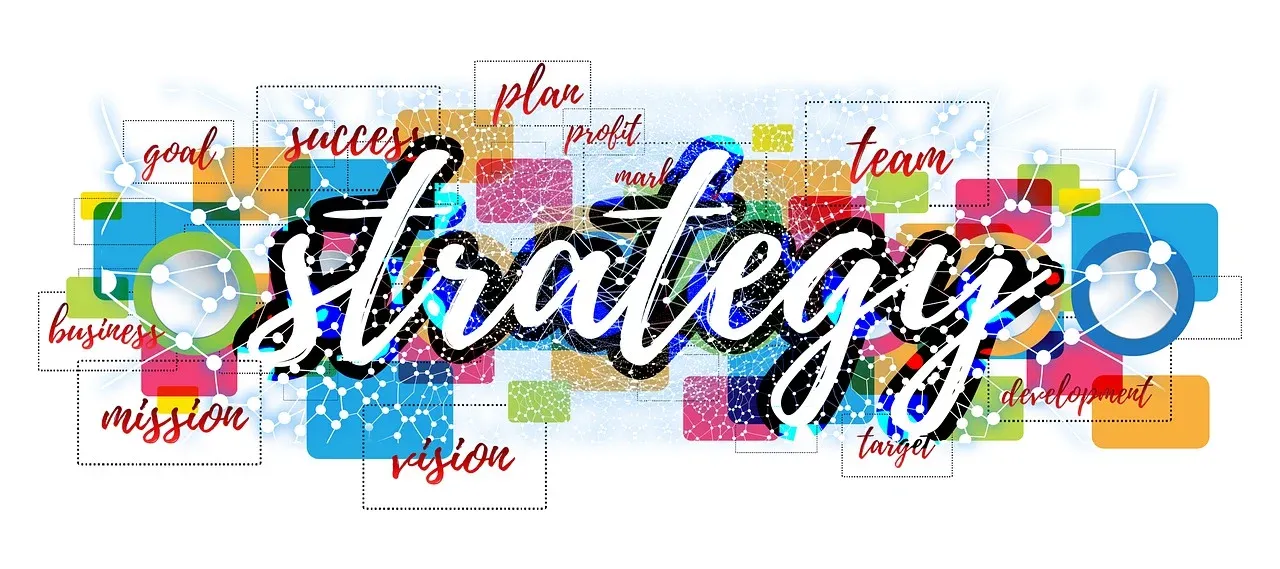
Introduction and Overview
Among the domains tested on the Digital SAT Reading and Writing section, the Information and Ideas category stands out as a cornerstone for evaluating critical thinking and reading comprehension skills. Within this domain lies the "Central Ideas and Details" skill, which challenges students to identify main points, evaluate evidence, and draw logical conclusions from short but dense passages. As one of the foundational skills underlying roughly 9% of the test's Reading and Writing section, excelling in “Central Ideas and Details” is essential for achieving a strong performance.
In this article, we will explore the following aspects:
• What Central Ideas and Details questions assess.
• The types of formats these questions take.
• Common challenges students face.
• Effective strategies to approach this skill.
• Practice examples with detailed explanations to help sharpen your understanding and confidence for test day.
Why Central Ideas and Details Matter
Relevance on the SAT and Beyond
The ability to identify the central ideas and supporting details of a text is not only pivotal on the Digital SAT but also a transferable skill for academic, workplace, and everyday contexts. Whether analyzing a historical document, interpreting a scientific study, or evaluating a policy proposal, this analytical skill is crucial for extracting meaning and determining relevance in textual information.
On the SAT, this skill particularly reflects your ability to:
1. Understand passages with precision: A critical test of whether you can grasp the key point being conveyed.
2. Parse supporting evidence: Demonstrating an ability to discern which details directly support broader arguments or themes.
3. Draw logical conclusions: Synthesizing the overall message based on evidence and avoiding the distractions of tangential or misleading details.
In a given test module, you will typically face 1–3 Central Ideas and Details questions. Across the entire test, around 3–6 such questions appear, making up approximately 9% of the Reading and Writing section. Given their relevance and frequency, mastering this question type can provide a significant edge on the SAT.
What "Central Ideas and Details" Questions Assess
The SAT challenges you to understand not just words but their broader implications through three connected competencies:
1. Identifying the Central Idea or Main Point
• The central idea reflects the author’s main message or theme, tying most (if not all) key details back to a single coherent concept.
• You must avoid focusing on overly specific points while resisting choices that introduce unrelated topics.
• Good central ideas are broad enough to cover the whole text but precise in reflecting the author’s intent.
2. Recognizing Supporting Evidence
• Supporting evidence consists of specific details, data, examples, or explanations that reinforce or illustrate the central idea.
• You must locate where the author provides these details and understand how they connect to the passage's main theme.
• This includes identifying subtle relationships, such as cause-and-effect or comparative structures.
3. Making Logical Inferences
• Effective comprehension requires drawing conclusions about the central idea that are strongly supported by evidence within the text. These are well-reasoned rather than speculative.
By developing a strong grasp of these skills, you’ll confidently approach any SAT question that relates to Central Ideas and Details.
Types of Central Ideas and Details Questions
These questions largely fall into two categories:
1. Questions About Central Ideas
• These focus on summarizing or capturing the main thought conveyed by the passage. The prompts typically ask:
- "Which choice best states the main idea of the text?"
- "What can be concluded about the author’s primary focus in the passage?"
Example:
Passage: "The invention of the printing press by Johannes Gutenberg democratized knowledge, enabling the first mass production of books. What was once exclusive to elite scribes now became accessible to wider audiences, fundamentally transforming education and communication."
Question: "Which choice best states the central idea of the passage?"
• Correct Answer: "The printing press revolutionized access to knowledge and transformed education."
Why? This answer captures the entire passage’s scope while maintaining specificity about the main impact of the printing press.
2. Questions About Supporting Details
• These questions test your ability to retrieve specific information or insights from the passage. Prompts often include:
- "According to the text, what is true about...?"
- "What does the passage suggest about the author’s argument on...?"
- "Which detail supports the claim that...?"
Example:
Passage: "In Greenland, melting ice sheets release vast amounts of methane gas into the atmosphere—a greenhouse gas that is far more potent than carbon dioxide. Current studies estimate that this thaw contributes up to 5% of global methane emissions annually. These findings underscore the need to reduce fossil fuel usage to mitigate warming effects."
Question: "According to the passage, what is one effect of melting ice sheets in Greenland?"
• Correct Answer: "They release significant amounts of methane gas into the atmosphere."
Why? This answer directly connects a specific detail to the broader phenomenon described in the passage.
How Can You Excel at These Questions?
To master "Central Ideas and Details" questions, adopt the following targeted strategies:
1. Focus on Active Reading
When reading the passage, engage actively by:
• Identifying the purpose: Ask yourself, Why is this text important? What does the author want me to understand?
• Breaking down the structure: Look for the introduction (where the main point is often stated), supporting evidence, and conclusion.
2. Summarize in Your Own Words
Immediately after reading a text, pause and summarize the following in your mind or jot it down:
• What’s the main idea? (e.g., “Why does this passage exist?”)
• What are the key supporting points? (e.g., “How do details build this argument?”)
Practicing this will help you answer both central idea and details-based questions more quickly and confidently.
3. Look for Keywords in the Questions
For detail-based questions:
• Highlight key terms mentioned in the prompt, such as specific phrases, names, places, or dates.
• These keywords will direct you to the precise part of the passage where you should focus.
For example:
• If the question asks about methane gas, locate where the passage mentions methane or related data.
4. Match Answers to the Text
For all Central Ideas and Details questions:
• Refer back to the passage whenever evaluating answer choices, ensuring they're explicitly supported by the text.
• The correct answer:
- Covers the author’s main emphasis but doesn’t exaggerate or downplay.
- Is free from extreme language (e.g., "sole cause," "always," "never") unless explicitly stated.
- Matches specific words or paraphrases from the passage when dealing with details.
5. Eliminate Incorrect Options
Be methodical when eliminating incorrect answer choices:
• Too Narrow: Focuses on a minor detail rather than the central idea.
• Too Broad: Introduces concepts or claims not covered in the text.
• Contradictory: Directly opposes what the passage says.
Example:
Passage: "Electric scooters have grown widely popular due to convenience, but their increasing accident rates have led many cities to impose strict safety measures, like speed caps. While beneficial, these measures are unlikely to address all safety concerns."
Question: "What is the central idea of the passage?"
Incorrect Options:
• "Electric scooters eliminate traffic issues." (Too broad/unrelated: traffic isn’t discussed.)
• "Scooters solve all safety risks with speed limits." (Contradicts the text's claim.)
Correct Answer:
• "Electric scooters face rising safety concerns despite city regulations."
6. Beware of Common Traps
Wrong answers often include:
• Overemphasized claims or unsupported assumptions.
• Details taken out of context or irrelevant to the question.
• New speculative information not discussed in the passage.
Practice being skeptical of choices that feel "partly right." Even one inaccurate component makes an answer incorrect.
Practice Examples
Let’s test your understanding with some practice.
Example Passage 1
"Recent studies show that urban green spaces offer significant benefits, reducing stress levels by 15%. Parks not only improve mental health but also encourage physical activity and decrease pollution by absorbing toxins. The cumulative effect makes cities healthier for residents."
Question: What is the main idea of the passage?
Answer Options:
A. Parks reduce stress and pollution, creating healthier urban environments.
B. The most important function of parks is absorbing toxins.
C. Cities should prioritize building playgrounds for physical health.
D. Urban stress levels are increasing despite green spaces.
Correct Answer: A
This option captures the broad purpose of the passage, accurately reflecting the multiple benefits of parks.
Example Passage 2
"Neuroplasticity, the brain’s ability to rewire itself, peaks during childhood, but research shows that adults retain this ability too. For instance, stroke patients can regain speech through therapies that activate unused neural pathways. However, brain plasticity diminishes with age, making recovery in children faster than in adults."
Question: What does the text suggest about neuroplasticity in adults?
Answer Options:
A. Adults cannot recover from brain injuries.
B. Plasticity declines with age but still allows for speech recovery.
C. Neural pathways in adults are fixed and unchangeable.
D. Children cannot benefit from neuroplasticity after adolescence.
Correct Answer: B
This answer matches the text’s emphasis that plasticity persists in adults, albeit to a reduced extent.
Conclusion
Mastering Central Ideas and Details questions on the Digital SAT boils down to honing your ability to summarize texts concisely, locate key information, and maintain focus amidst distractions. By practicing active reading, strategically engaging with questions, and systematically analyzing answer choices, you can confidently tackle this challenge.
If you're looking to take your practice to the next level, BEST SAT SCORE offers tools like Adaptive Full-Length SAT Practice Tests, providing a realistic test experience with detailed performance breakdowns to help you refine your skills. Their Expert-Curated SAT Question Bank focuses on frequently tested concepts, making it easier to work through central idea-focused questions with confidence.
Final Takeaways:
• Stay anchored to the text. The truth is always within the passage itself.
• Be wary of overly broad or exaggerated answers and eliminate incorrect choices confidently.
• Treat each practice session as an opportunity to refine your ability to synthesize information effectively.
With disciplined practice, the strategies outlined in this guide, and the targeted tools from BEST SAT SCORE, you’re well on your way to excelling in this vital area of the Digital SAT—and applying these skills long after test day!
Related Posts

Struggling with the Digital SAT Reading & Writing section? Discover 5 common mistakes students make and actionable tips to boost your score!

Master the SAT Reading section with essential strategies for big picture questions, enhancing your comprehension and boosting your score.